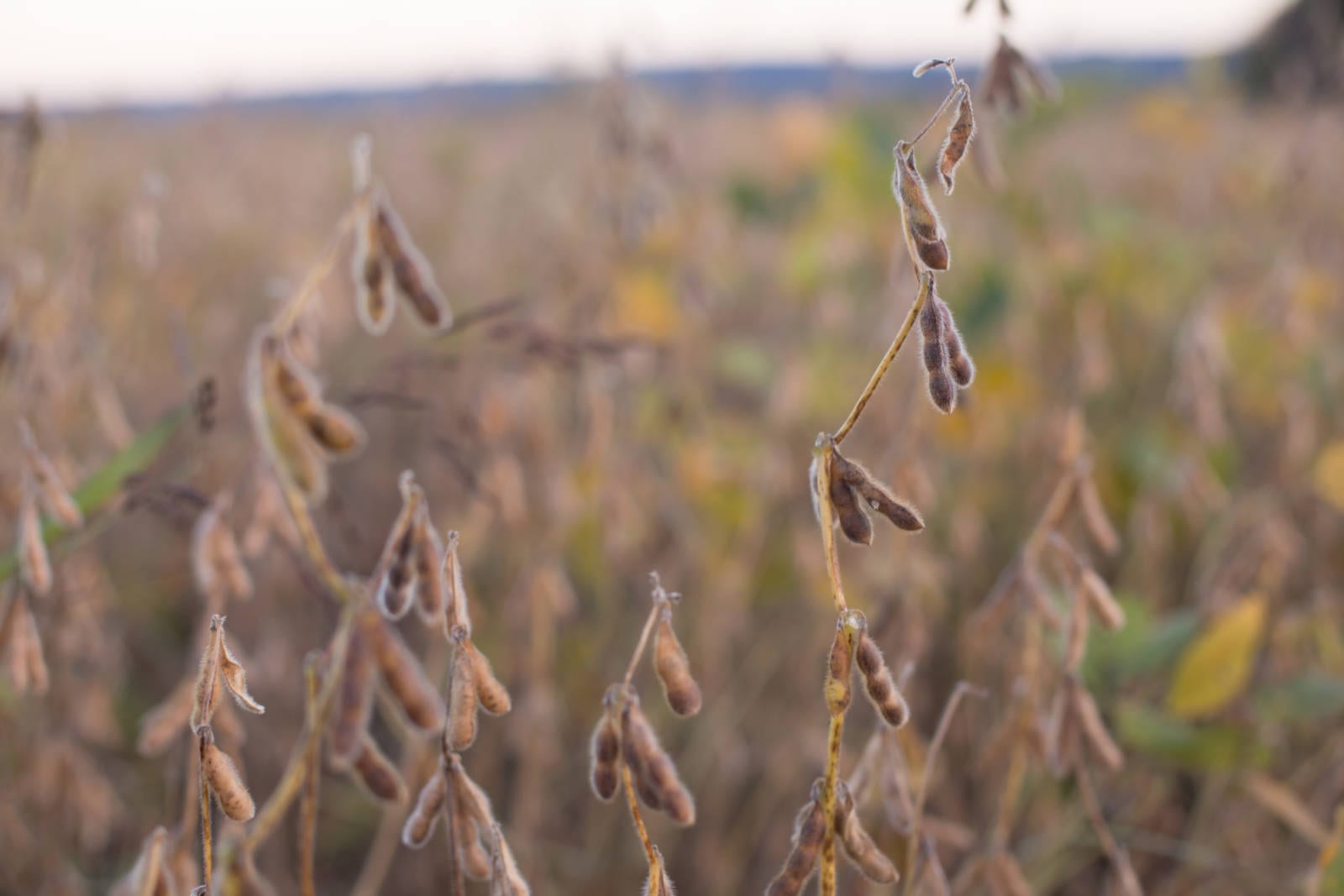As international buyers continue to seek U.S. soybean meal for its composition, the U.S. soy industry strives to satisfy those needs. U.S. soy processors continue to build new crushing plants and U.S. infrastructure to help move the soybean meal to market in a reliable and timely manner.
U.S. agricultural cooperatives are building new soybean crushing plants at the fastest rate in two decades as U.S. farmers, the world’s No. 1 soybean producers, prepare to sow record soy acreage again in 2018.
As global net incomes continues to rise, the demand for meat, especially pork and chicken, has led to a rapid growth in demand for animal feed. Crushing plants produce high-protein soybean meal feed for livestock and soybean oil for food and fuel.
In 2019, U.S. processors are expected to open plants with capacity to process at least 120 million bushels of soybeans, up about 5 percent from existing capacity of an estimated 1.9 billion bushels.
The last time outright capacity grew that much was in 1997-98, according to U.S. Department of Agriculture (USDA) and soy industry data.
Strong demand for feed has boosted crushing margins, the measure of profitability for the plants, which has encouraged processors to build more plants.
Increasing Capabilities
Growth in feed demand means crushing capacity worldwide will need to expand further.
Global soy production would have to increase by 20 percent over the next decade to keep up with feed consumption, according to Tom Hammer, president of industry group National Oilseed Processing Association (NOPA).
U.S. soy plantings totaled a record 90.2 million acres in 2017. The USDA, in a preliminary forecast, has set 2018 plantings at 91.0 million acres. Although industry capacity could reach 2 billion bushels in less than two years, the USDA said crushings likely would not reach that level until 2020-21.
The new plants will increase demand for soybeans, potentially pushing up prices that farmers nearby will receive for their crops and reducing transport costs.
Many of the new facilities are in places outside the central U.S. Midwest soy belt, taking advantage of increased supplies from farmers in those areas that have switched to soybeans from less profitable crops such as wheat.
As these facilities are built, they will help keep U.S. soy products moving quickly and efficiently to meet end-user demand.
